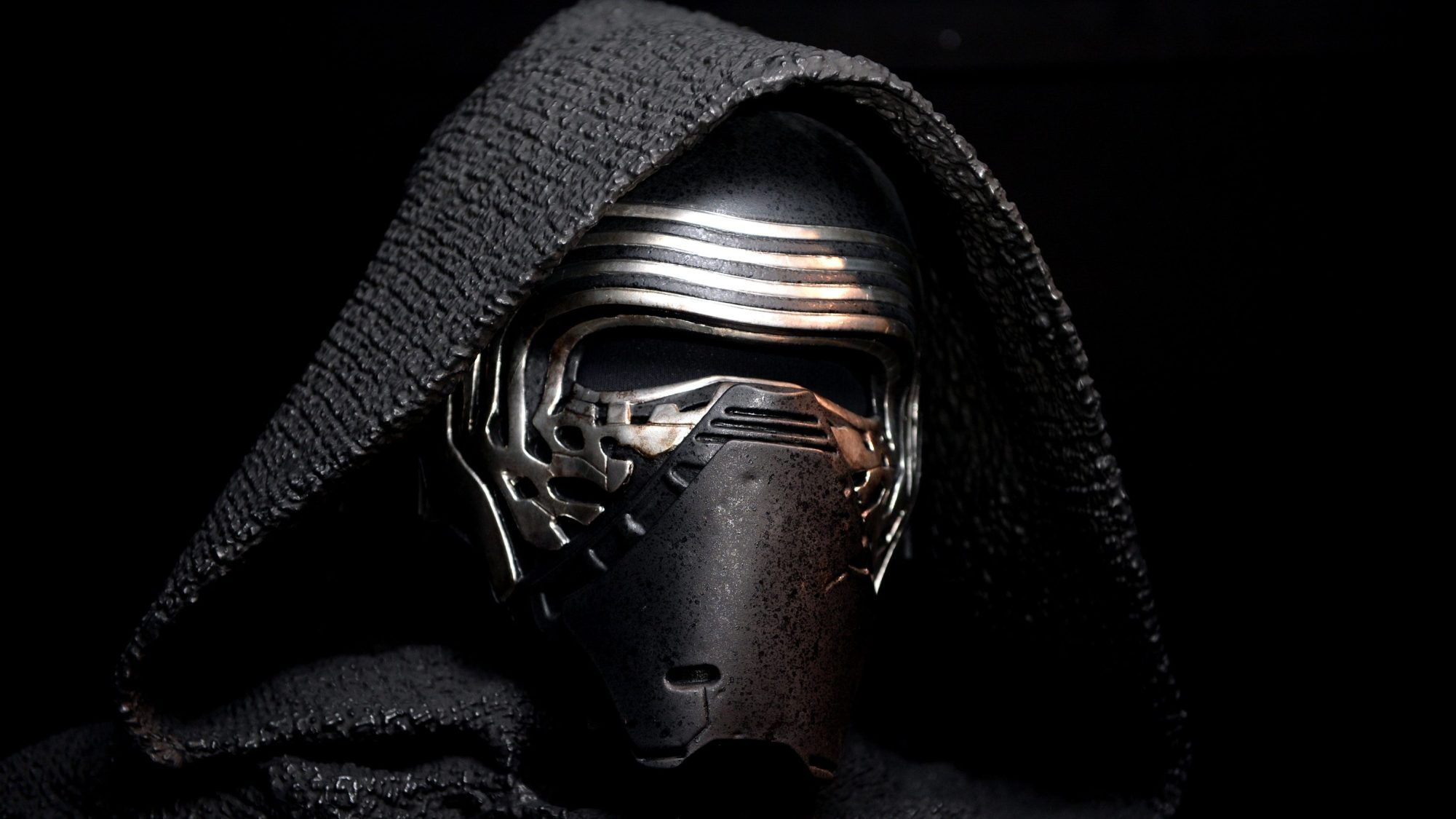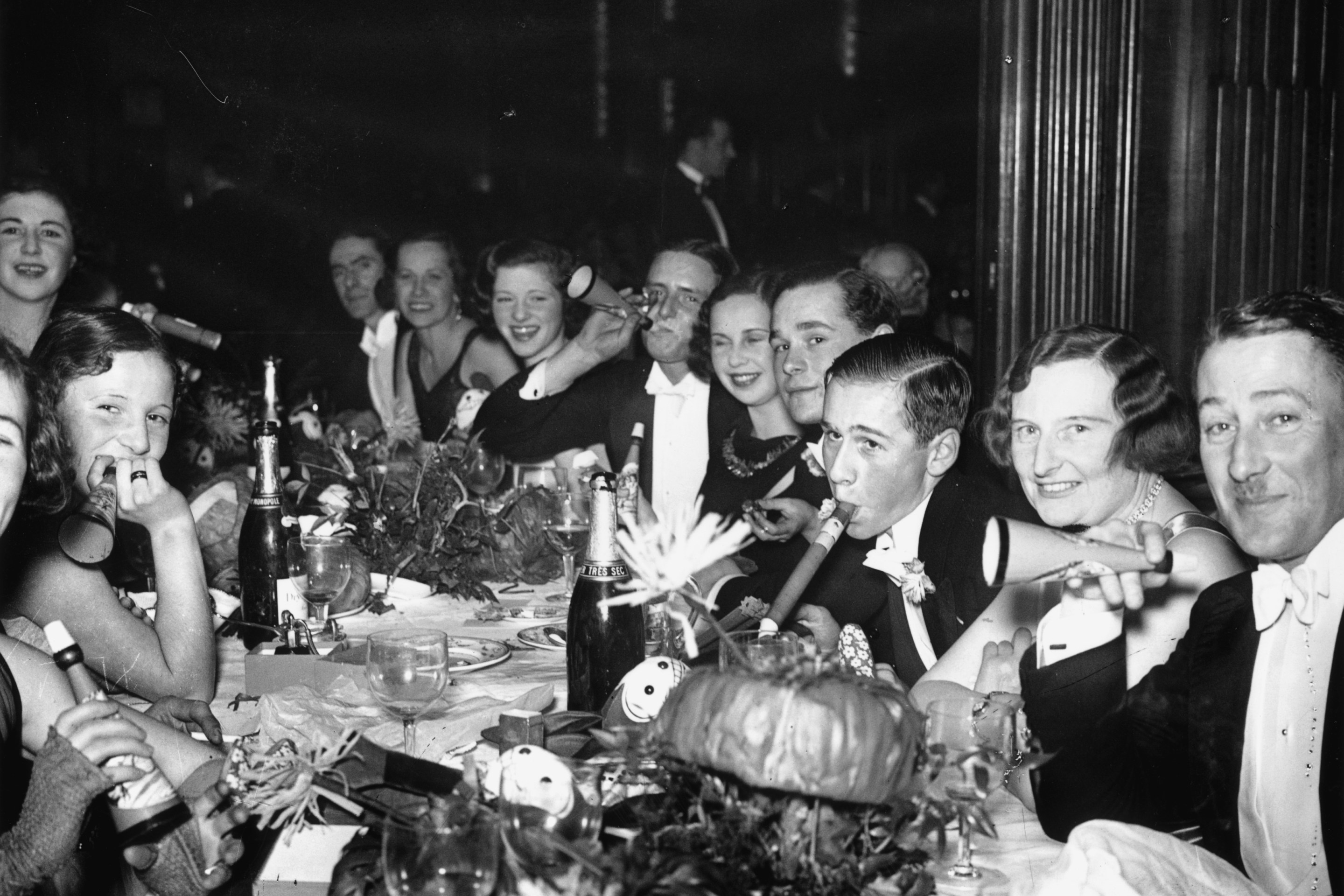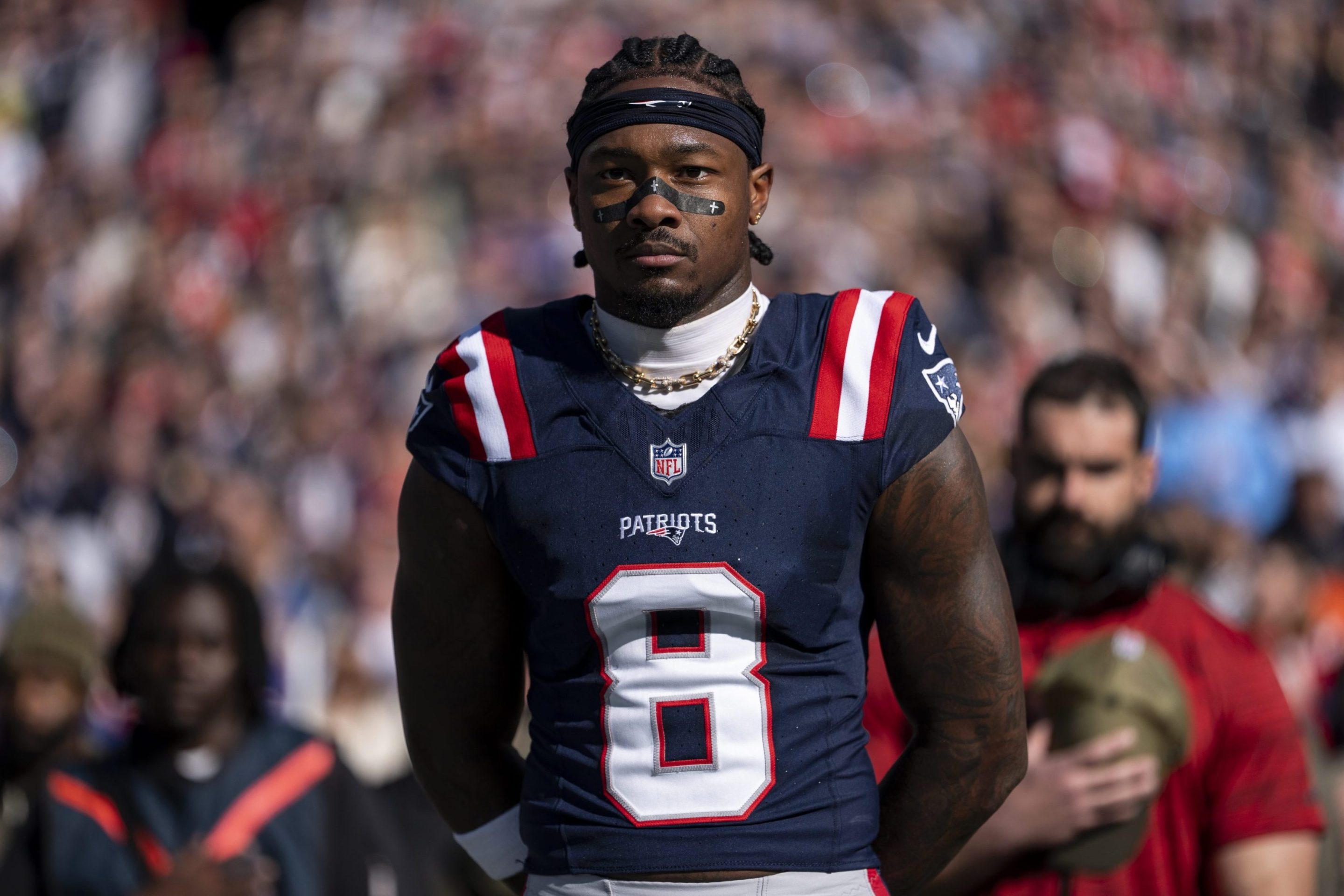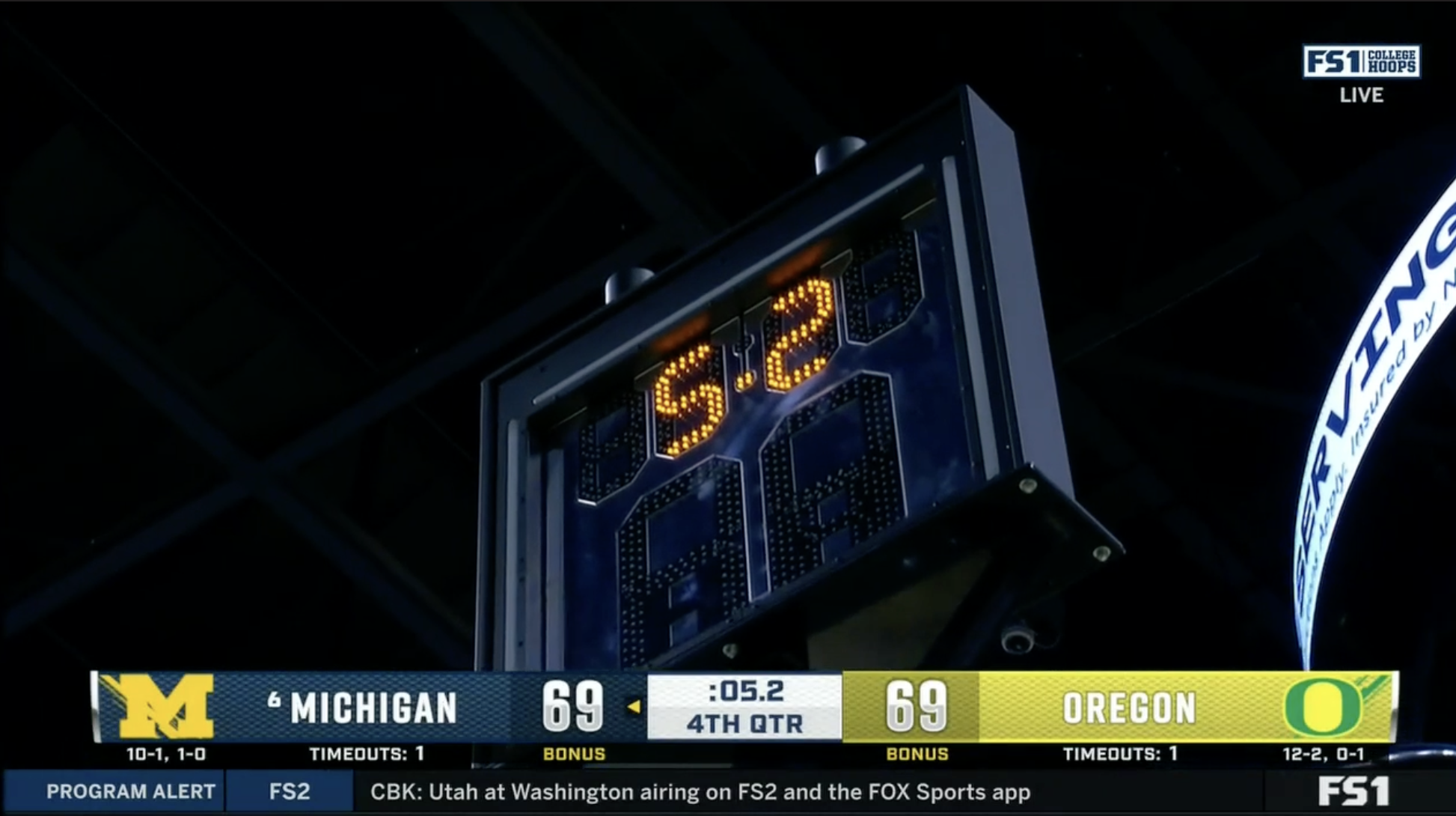If you missed it last week, Warner Brothers released a deleted scene from Matt Reeves' new Batman film that introduced another Joker into the fray. This one is played by Green Knight scoundrel Barry Keoghan, and he has all of the sick and twisted accoutrements we've come to expect from all modern Jokers: scars, messy hair, tw1st3d logic, and so forth. But if Keoghan's Joker is gonna be worth a shit, he's gonna need to do something that many current movie villains don't do. He's gonna have to suck.
There’s an enormous problem with villains in the current Hollywood landscape: They aren’t anywhere villainous enough. We’re in the pro wrestling phase of franchise movies now, where villains must do a face turn right before dying (Kylo Ren), if they’re allowed to die at all. Or, and this is more likely, we the audience must be treated to an extended portrait of how that villain became so mean. Cruella de Vil hates Dalmatians because three of them killed her mother (that’s the actual plot driver of Cruella). Joaquin Phoenix’s Joker was a mentally ill man who turned on society after being used up and spat out by an indifferent health care system. Doc Ock is actually a good man whose tentacles took over his consciousness. The goal in all of these instances is to humanize villains. To make them identifiable. Sympathetic.
This is wrong. Filmmakers and studio executives seem to labor under the impression that you have to make a villain sympathetic in order to make them interesting. That’s not true. Go through the list of greatest villains in film history and you’ll find, by contrast, a rogue’s gallery of irredeemable shitbags. The original 1961 Cruella de Vil was a naturally cruel and vain woman. Why she was cruel and vain is best left unsaid. The mystery of her evil is what makes her intriguing. Tell me her origin story and it’s like revealing how a magician did his trick. It ruins it.
There are more where that came from. The original Wicked Witch of the West still haunts my mind. Even thinking about her theme music freaks me out, especially when I’m alone. Why? Because she’s fucking EVIL. She’s so evil she wants to kill Dorothy’s dog just for an added thrill. The musical Wicked gave this witch a whole sad backstory, but I don’t want to LIKE this woman. I want her dead. Same goes for Louise Fletcher’s Nurse Ratched, whose monstrousness represents a mental health care establishment that treats the mentally ill as a hideous burden on the mentally vigorous. Nurse Ratched is the system. There was no redeeming that system in 1975, nor is there much to redeem it even now.
That’s what real villainy looks like, and that villainy persists to this day. Look around and you’ll find a horrifying surplus of real-life men and women who deserve no quarter: Putin, Charles Manson, Ted Cruz, etc. Anyone who’s ever encountered real evil in this world will tell you how disturbed they were by it. How disturbed they still are by it. These are the people who’ll keep you up at night. Does Flint Marko do likewise? No. Know why? Because they made him into a shitty villain in not one, but two Spiderman movies, that’s why.
Villains are villains for a reason. They’re awful people and uncommonly so. The best villains inspire equal parts loathing, fright, and existential confusion. Why are they so hateful? Why do they kill? What will I do if I encounter them face to face? That confusion is at the core of what makes a villain worth dreading. You already know the whole story about how Dark Knight director Christopher Nolan and the late Heath Ledger deliberately gave his iteration of the Joker no backstory. The studio demanded one, but the two men held firm. As a result of their stubbornness, Ledger’s performance, and the film itself, have lived on ever since. I doubt Phoenix's Joker, despite its Oscars and its box office, does likewise. He'll gets a staircase meme for his trouble and that's it.
Meanwhile, the best of film history includes Hannibal Lecter, HAL 9000, Gordon Gekko, and other bad guy icons whose maliciousness was part of their very soul. Darth Vader was a legendary villain even before audiences found out who he actually was. None of these characters were sad to be evil. They fucking loved it, and their indulgence in evildoing is what made them so entertaining. It’s also why Vader’s appearance in Rogue One is so effective. It’s just him doing evil Vader shit. No Skywalker family drama getting in the way. Make a villain more human by adding a dash of hero to them, and you no longer have a villain at all. You just murdered your external conflict in favor of boring internal ones. You didn’t add any nuance to the storyline at all.
There are effective instances of movies giving a villain plausible justification for his or her actions. Killmonger in Black Panther is probably the best example of this, as is Paul Dano’s latest (and best) portrayal of the Riddler. But both those characters, critically, still believe that their bad deeds are justified. In other places, the trope has been beaten into the ground so thoroughly that it’s all become so predictable. And LAZY. Any writer can slap a his daddy hated him! backstory to a villain and then call it a day. Then they can say they made an admirable effort to humanize a character who never should have been humanized to begin with. I’ve watched 57 movies pull this stunt, and it bores me to death. It'd be like if Reeves saddled Keoghan's Joker with a fucking chocolate addiction, and perhaps he will. Can't rule it out.
Where that same writer can really make a name for themselves is by creating a villain who is clearly villainous but also charismatic. That dynamic makes a villain separate. Otherworldly. They unnerve you while also charming you. You don't connect with their hidden good side but rather your own hidden, potentially awful side. Anthony Hopkins’ Hannibal Lecter was an unrepentant sociopath, but God if the man couldn’t deliver a flawless one-liner at the exact right time. It’s not easy to make an awful person interesting (again, I give you Ted Cruz), but that doesn’t mean it’s impossible. Sometimes all you have to do is give them a kickass mask (Sauron). Sometimes you give them an affliction that hints at tragedy in their past but doesn’t reveal that tragedy in full (Norman Bates). No matter what, you get more with less. You keep the box of mystery firmly shut, which pisses off audiences but simultaneously makes them want more of a peek inside. Evil need not be one dimensional.
It’s no sin for a character to piss off an audience. With villains, it’s ideal. The dislike is the point. Villains should make you angry. Villains should stir up emotions in you that you don’t like feeling: rage, despair, violence. That’s why we have movies to begin with—to make you see and feel things you’ve never seen, and to introduce you to people you might never want to meet in real life. That’s where movies can affect you. But when you’re watching some formulaic bullshit in which Mr. Freeze is Mr. Freeze because his grandpa couldn’t afford his heating bill, what’s gonna change inside your mind when you see it? Why the fuck did you go into the theater at all? Make the bad guys bad, for fuck’s sake.







